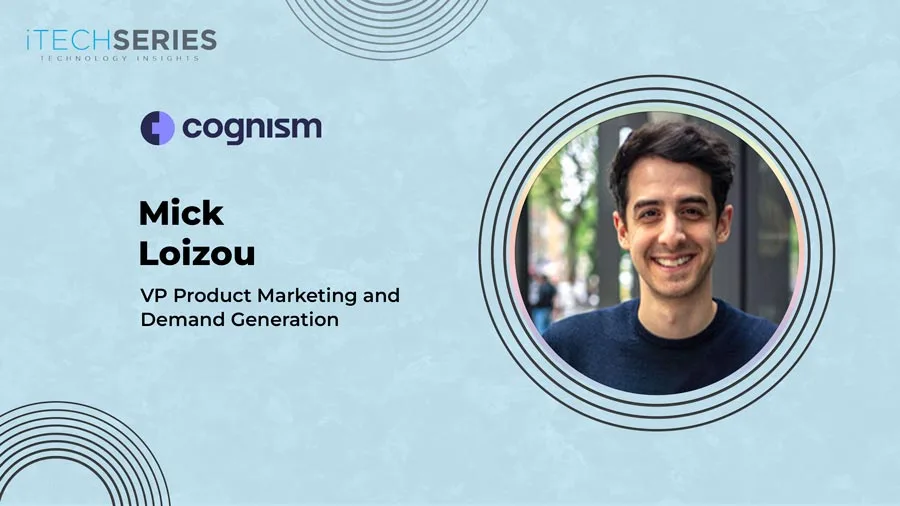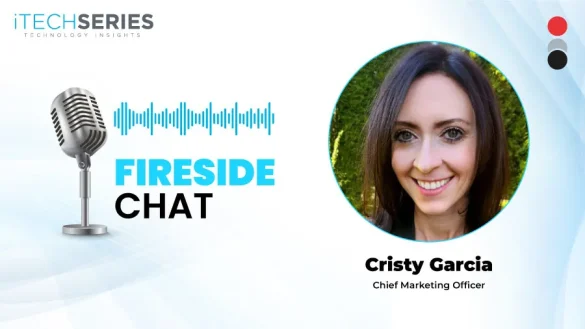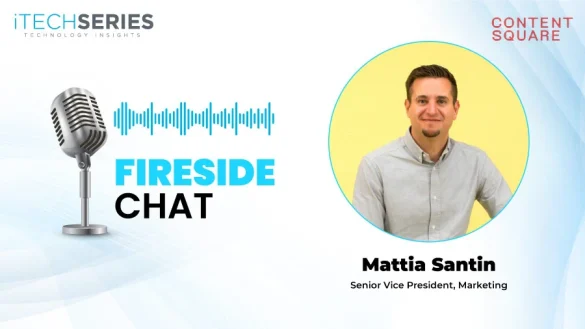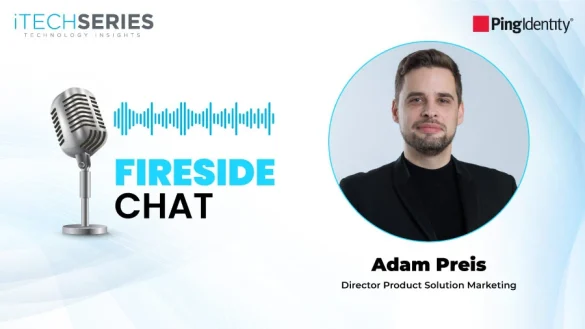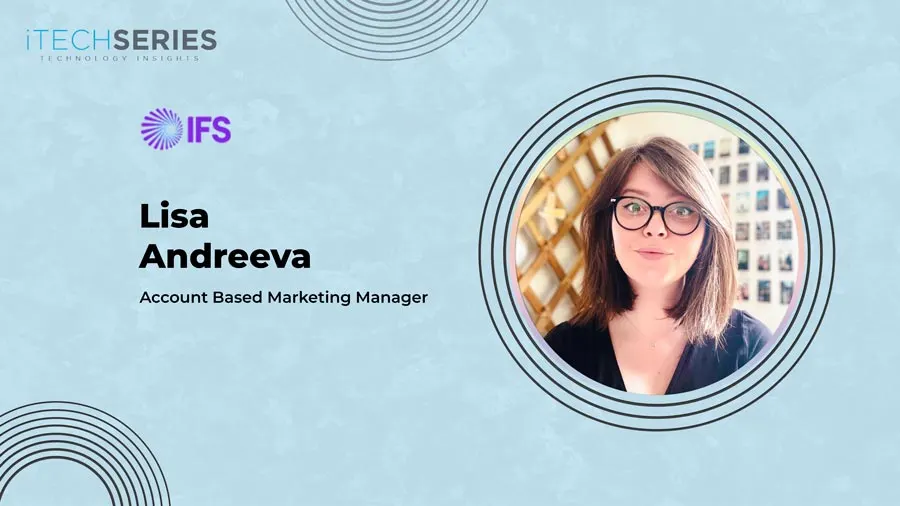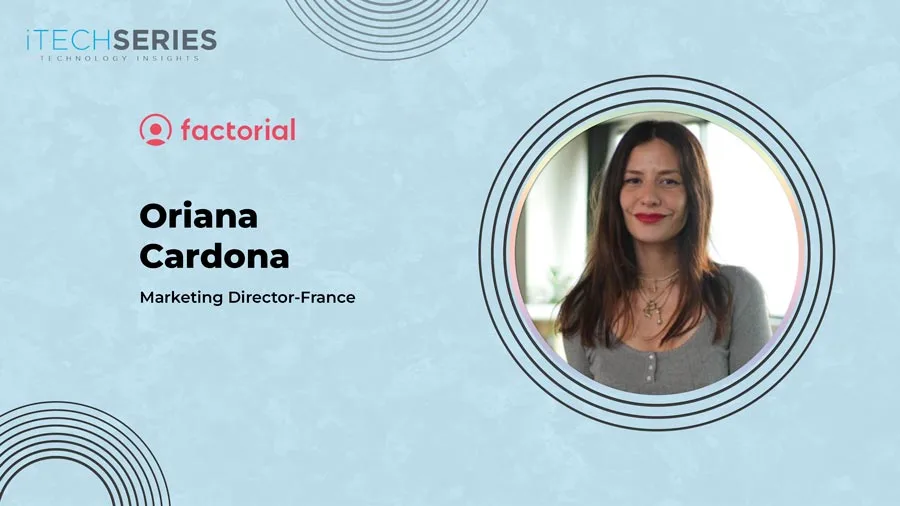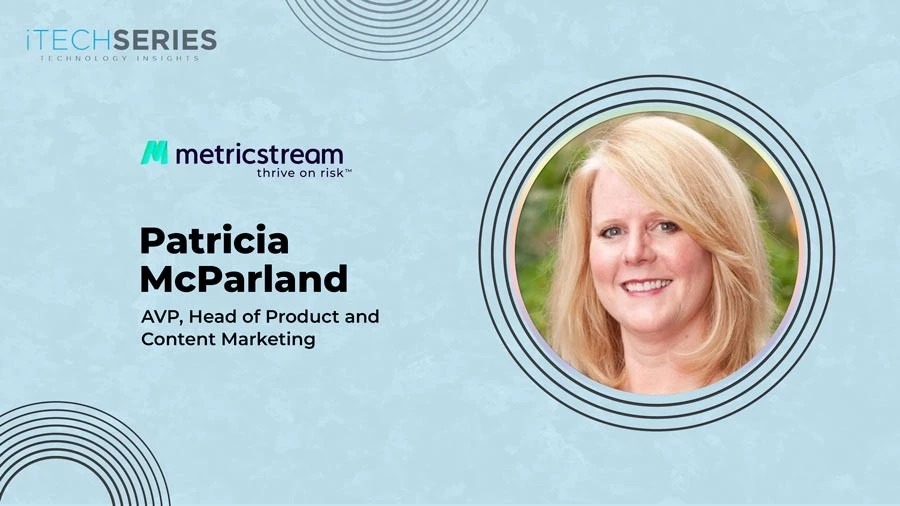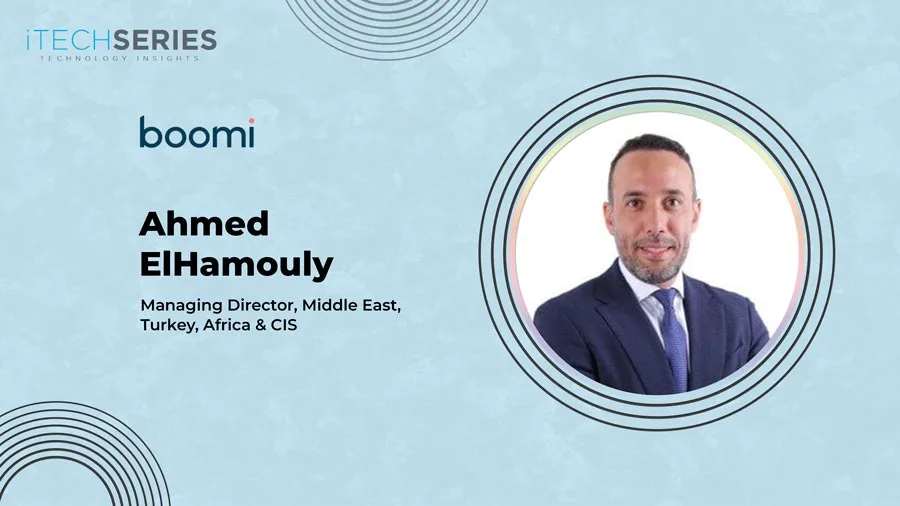Join us for an insightful conversation with Mick Loizou, VP of Marketing at Cognism, who brings over 16 years of global B2B marketing experience across FinTech, AdTech, and media. He shares valuable insights on GTM strategies, brand storytelling, demand generation, and how AI and alignment drive impactful marketing across functions, regions, and customer journeys.
To start, could you tell us a bit about yourself and your journey so far?
I’m a marketing leader with over 16 years of experience spanning FinTech, AdTech, and media. My career has focused on shaping compelling brand and product narratives and driving demand generation across global B2B organizations. I’ve had the privilege of leading marketing strategies at companies like Stripe, Verizon Media, Yahoo, and now Cognism, where I head up the product marketing and demand generation teams.
Storytelling has been a constant thread throughout my career—whether it was early on as a campaign analyst using data to tell stories or later on, shaping narratives around products, brands, and the value they deliver to customers. I firmly believe that marketing has the power not only to drive revenue growth but also to shape company culture and the overall customer experience.
From launching new products to building and scaling high-performing teams across regions, I’ve spent the last 16 years telling stories—and figuring out the most effective ways to make sure they’re heard.
What do you see as the key components of a high-impact GTM strategy, particularly on a global scale?
For me, a successful global go-to-market strategy rests on four key pillars: deep audience insight (being absolutely obsessed with solving your user’s problems), compelling messaging, cross-functional alignment, and local adaptability.
In most categories, there are at least a couple of competitors with products and propositions that are pretty similar. Over time, I’ve realized that true differentiation often comes not from what you say, but from how you say it. Every B2B company is promising some combination of increasing revenue, reducing cost, or improving customer experience. So if your product overlaps with competitors, your messaging likely will too. That’s why blinded message testing—where brand names are hidden—can be such a powerful tool. If your buyer mistakes your message for a competitor’s, that’s a red flag. But with the right creative approach, even a familiar message can stand out through humor, emotion, or a surprising delivery.
This is where B2B marketers can take a page from the B2C playbook and really tap into the emotional drivers that influence decision-making. Your biggest competitor is often your buyer’s inertia—their comfort with the status quo. Sometimes you’ll shift that with the words you use, and other times it’s how you deliver them and how you make your audience feel.
At a global level, success depends on empowering local teams with the tools and autonomy to tailor campaigns for their specific regions while preserving the core message. Localization and translation aren’t the same thing. Great global strategies are intentional about weaving cultural nuance and local preferences into their messaging and activation plans.
How has marketing’s role evolved with the increasing alignment between different revenue functions?
So this is a strange question for me because it implies that we have gone from a world where marketing’s role was misaligned with other revenue functions to one where it is aligned. Marketing is not a service function that exists outside of the revenue org. Revenue functions always need to stay tightly aligned because fundamentally, we are all doing the same job—we’re just tackling it from different angles. Businesses should always build integrated teams with shared KPIs that allow every constituent of the revenue org to co-own pipeline targets, co-own deal progression, and prioritize customer experiences. This starts with effective OKR setting and a clear process to ensure corporate objectives get cascaded down to every team.
As a marketing leader, how do you navigate the balance between long-term brand awareness and short-term demand generation priorities?
It starts with recognizing that these aren’t mutually exclusive goals—that’s the first thing that every marketer probably has to explain to the finance team. Strong brand positioning amplifies demand gen efficiency. Deal cycles are shorter when you have already built trust in the value of your product. It makes the decision-making process less risky. Put simply, the more familiar your brand is to all category buyers, the more efficient your performance advertising becomes.
The distinction between brand marketing and performance marketing is artificial anyway—they do the same job. They connect a buyer’s problem to a solution. The difference is that they attack the challenge from a different elevation, and you need to look at unified metrics that show the impact of one on the other.
“For me, a successful global go-to-market strategy rests on four key pillars: deep audience insight, compelling messaging, cross-functional alignment, and local adaptability.”
Could you tell us about your most memorable marketing campaign experience?
I joined Cognism in January, right in the thick of the company’s biggest product launch to date, our new Sales Companion. I had the privilege of overseeing a campaign that not only brought a new product to market but also refined our ICP, sharpened our positioning, and elevated how we tell our story. At the end of the launch, it made me realize just how much is possible in a short space of time and how nimble a team can be when you are all driving in the same direction with a clear goal in sight. What started as a product launch ended as a rework of the brand story, too.
Coming in at the midpoint had its own challenges—getting to know a new team, figuring out the ways of working, and navigating what felt like thousands of Asana tickets. (Side note: I was an Asana newbie; I hadn’t used it at any of my previous companies!)
One of the most important lessons I took from this launch was how disciplined you have to be with messaging consistency when you are working at rapid speed. Landing on a messaging framework you believe in is just the start—making it the through line from sales enablement to web copy to paid ads to influencer marketing. It sounds like it should be easy, but when you have multiple teams with mountains of tasks to complete, you can fall into the trap of shipping the org chart. PMM says one thing, DG says another, and Customer Marketing says a third. It takes a lot of discipline to avoid that and to truly create a unified campaign.
Another big takeaway: you win by showing, not just telling. That’s why we’ve open-sourced our entire GTM playbook, the ICP refinement, the creative strategy, and how we kept everything aligned across teams and created a content series out of it.
How do you leverage data and analytics to assess the impact of product marketing initiatives on revenue and customer satisfaction?
We take a full-funnel view, starting with engagement metrics like content consumption and moving through to influence and sourced pipeline.
Equally important is capturing qualitative feedback. Your sales team will tell you if messages and sales content are landing or not. By running regular win/loss analyses and customer interviews, you’ll know if content is enabling sales teams effectively and tracking.
As a marketing leader, how has AI influenced the strategy and execution of your marketing programs?
AI has the potential to transform both the speed and sophistication of our marketing efforts, but I think everyone is at the beginning of their journey, and the only way for anyone to get better at using AI is to test it regularly, imperfectly, and without fretting too much that it hasn’t solved 100% of the use case. This goes for both personal use cases as well as marketing-wide efforts.
On a personal level, using AI tools has already become a daily habit, and I am constantly looking for ways to find efficiencies, especially for automation of repeatable tasks like meeting summaries or content editing, but also more generally for research.
On the broader marketing side, we are also using AI for a variety of other use cases. For example, we are using custom GPTs to analyse customer reviews and pull sentiment insights, trends, and unmet needs. We are also using AI for content personalization in ABM programs to automate lead intake and routing, and we are also piloting chatbots on the website to help users get answers to their questions quickly.
Looking ahead, I can see AI playing an even more central role in augmenting creativity and strategic planning.
What advice would you offer marketing leaders aiming to build a scalable, high-impact demand generation engine?
Start with your user: know your ICP intimately, understand how your products deliver value to them, and know how your buyers make decisions. Selling is hard, but so is buying. Make the buying process easy and eliminate risks.
From there, align cross-functional teams around common goals and metrics. Invest early in scalable infrastructure and tooling—automation, attribution, and content operations—and don’t underestimate the power of telling a good story. This whole set of interviews exists because there is an audience for storytelling, and great stories drive customer connection and loyalty.
About Mick Loizou
Mick is a seasoned marketing leader with over 16 years of experience scaling B2B SaaS companies and leading global teams. He specializes in strategic positioning, demand generation, and cross-functional alignment to drive both product-led and sales-led growth. Mick is skilled in crafting compelling product messaging and delivering customer-centric solutions. As a strong storyteller, he has launched products at major events like Money2020, Dreamforce, and AdWeek, consistently aligning marketing strategies with revenue goals.

